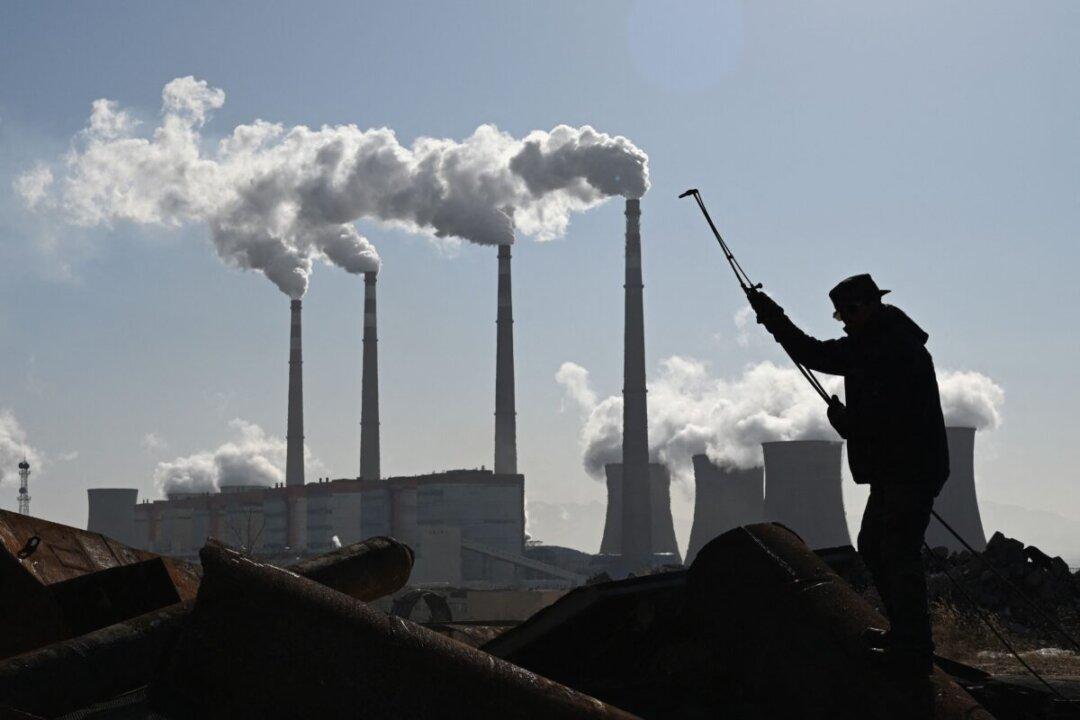Recent reports on coal power and mining industries show that the Chinese Communist Party (CCP) has run counter to its carbon reduction vow since last year. The subject of re-invigorating coal-fired power production is no longer dodged among Chinese financial experts, especially after drought-induced power shortages started in July.
The previously reduced use of coal power needs to be accelerated, said Cinda Securities, a Beijing-based financial service company, in a report on Aug. 25, citing the extremely high temperatures that have caused a significant drop in hydropower in major provinces such as Sichuan, which not only suffered electricity and production limits but also stopped supplying electricity to other provinces.





